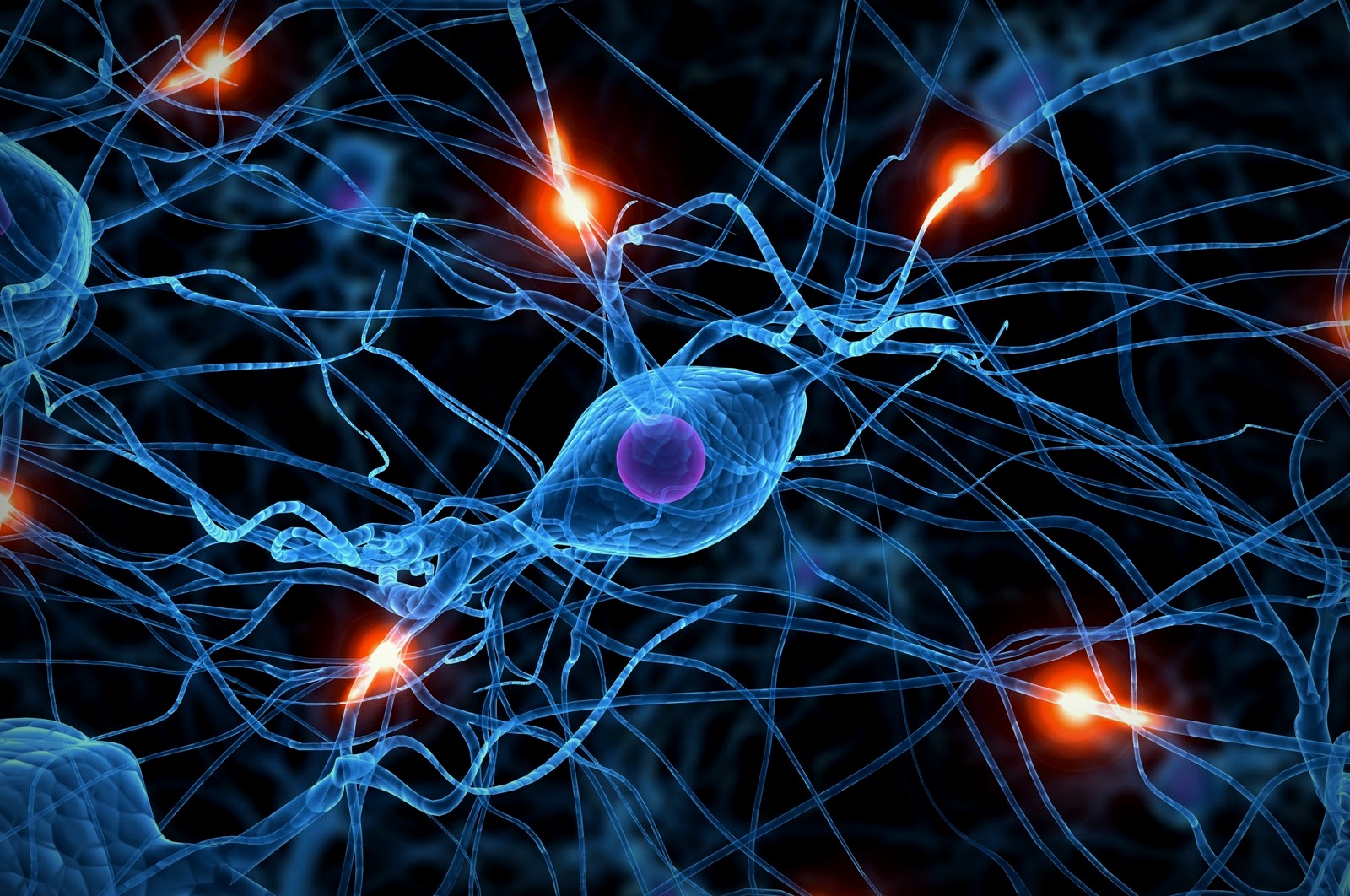Everything You Need To Know About Eye Movement Desensitization And Reprocessing; The New Type Of Psychotherapy
Eye Movement Desensitization and Reprocessing (EMDR) is quickly gaining prominence as a successful form of psychotherapy in which bilateral stimulation (such as eye movements) is used to help individuals cope with traumatic memories and emotions. These are traumas that the individual has experienced in the past as well as difficulties that they are experiencing in the present. Over the course of multiple therapeutic sessions, a licensed therapist guides the client through a total of eight phases, which culminates in the individual who underwent treatment being able to assess the progress they have made during the course of their EMDR sessions.
EMDR Was Originally Developed In the 1980s

Dr. Francine Shapiro is the original developer of Eye Movement Desensitization and Reprocessing (EMR). Starting in the late 1980s, Dr. Shapiro designed a method for treating clients who had experienced traumatic events. Essentially, treatment was targeted toward those who were experiencing symptoms of post-traumatic stress disorder (PTSD). Other therapists learned of Dr. Shapiro's technique and began training. Dr. Shapiro has personally trained many clinicians. Since its inception, over 10,000 therapists have been trained to use EMDR with their clients. Additionally, Dr. Shapiro founded a non-profit called Trauma Recovery EMDR Humanitarian Assistance Programs, which provides aid to those who have survived major disasters.
Adaptive Information Processing

In order to understand what EMDR is, it is crucial to know about its core principle, adaptive information processing (AIP). This model postulates that memories of traumatic experiences are embedded into the brain's neurological pathways. Because this information gets permanently lodged in the memory, there are often negative associations drawn between the emotions of the event and images or symbols that remind the person of the trauma they experienced. The goal of EMDR is to incorporate an adaptive feature for more positively dealing with the trauma and its associated triggers. This is done with the use of , which is administered by a trained clinician.
